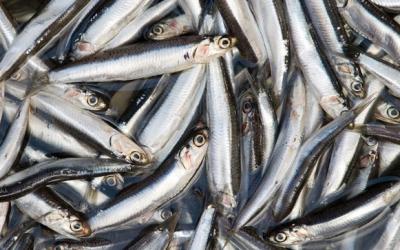
With the entire fishing sector closely watching the long-awaited announcement of Peru’s North-Central second fishing season, IMARPE’s recent acoustic survey in the North-Central regions detected a relatively low anchovy biomass of 5.4 million tons. Despite this, they have issued a resolution authorizing the start of the new anchovy fishing season on November 7th, under a provisional quota of 500,000 tons.
Authorities are now waiting for the results of a complementary assessment, known in Peru as the “Eureka Operation”, a procedure periodically used to validate and update biomass estimates. This operation will take place between November 4th and 6th, involving 18 vessels that will survey up to 80 miles off the Peruvian coast. The goal is to confirm the presence, composition (juveniles, adults, recruits, etc.), and geographical distribution of anchovy schools.
This process is not new to the Peruvian industry or to the highly dynamic Humboldt Current marine ecosystem. In fact, IMARPE has conducted 66 Eureka operations in its history. Based on earlier studies from this year, expectations are that the real biomass should be bigger, and the purpose now is to locate it. Once the updated figures are available, the authorities could consider increasing the quota.
Whether optimistic or not, many industry players believe the total quota could ultimately rise to around 1.5 million tons (or even more) but for now, results must be awaited. Another point being discussed is that, although anchovy presence in the North-Central regions was lower than expected, a bigger-than-usual biomass has been detected in the South, suggesting that part of the stock may have migrated southward and could return north as sea conditions continue to improve.
By next week, two key factors will help define the outlook for this new season: the results of the Eureka operation and the early fishing performance, as the season officially begins this Friday.
